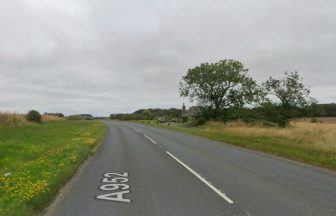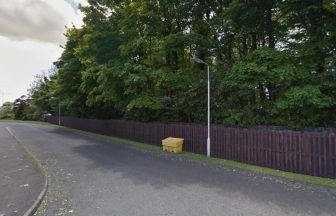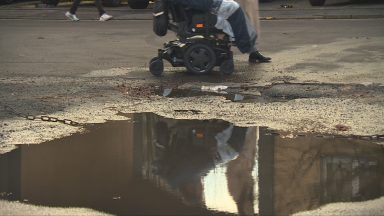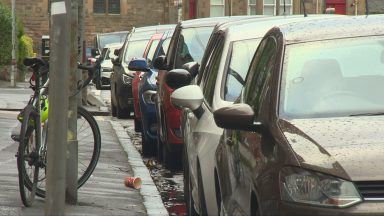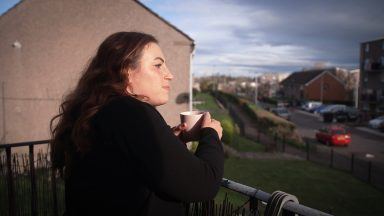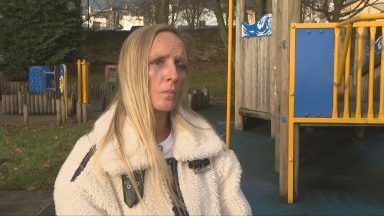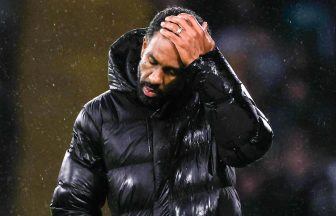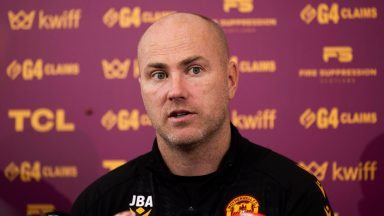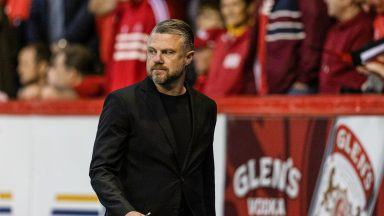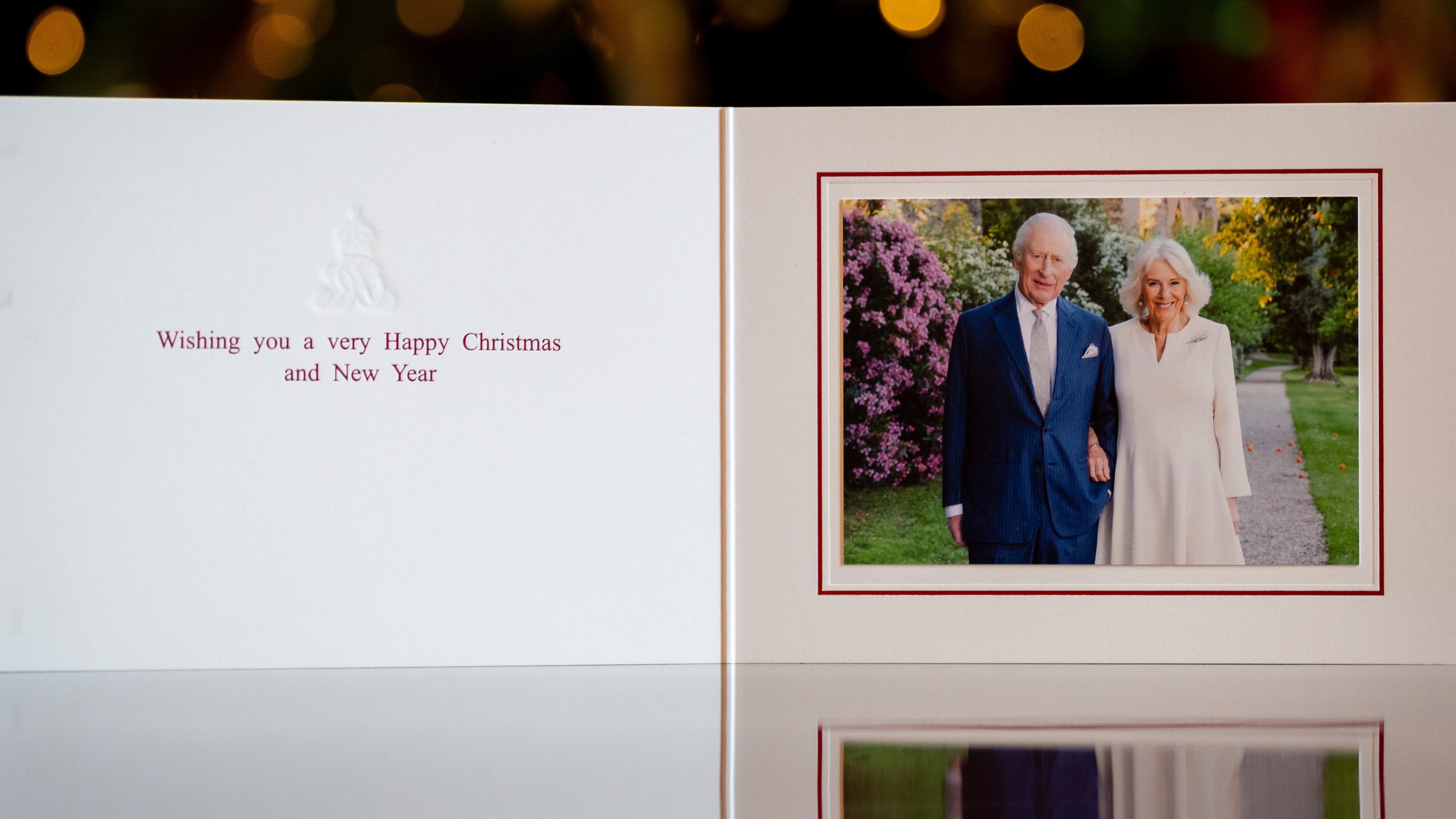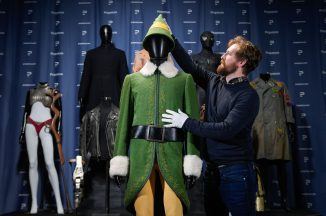Roseburn Street, with its industrial units, Victorian primary school and modern sweep of stairs down from the tram stop, was the unlikely setting for a new dawn for Scottish sports fans.
But for the masses huddled in neatly spaced rows snaking up to Murrayfield’s eastern entrance that is exactly how it felt at Friday tea time.
When the first beeps of tickets being scanned and clicks of turnstiles began at exactly 6.30pm there was a feeling of entering into the unknown.
How would the seating arrangement work?
Would people be able to queue while abiding by their two-metre distance?
Would it feel uncomfortable being around several hundred people again after months spent indoors or only able to able to see our nearest and dearest at arm’s length?
Above all how would this ritual, this totem of our social lives, feel after all we have been through. All we have lost and all we now know of the virus that has turned our world upside down?
Entry to the ground was none too different to the old ways – all the way back on March 8 when Murrayfield last welcomed supporters to a match.
At that time, 67,144 saw Scotland end France’s Six Nations Grand Slam hopes.
On Friday night just 700 fans were handing over tickets to be scanned before carefully pushing through the turnstile – being careful not to touch the metal surfaces along the way.
Face coverings were mandatory throughout the grounds – inside and out of the stadium – save for the simple matchday pleasure of a burger and chips and a bottle of juice of course.
Three food trucks – contactless payment only – served as the primary gathering spot for the lucky season ticket holders, who had been selected to attend in a ballot of those who live within a five mile radius of Scotland largest stadium.
With half an hour until kick off it still had the feel of a small gathering – a school cup final or a stadium tour. It dawned that within the vast open space around Murrayfield some 700 punters was going to feel very small indeed.
Stewards, merrily welcoming people back to live sport after the long wait, were stationed at every conceivable pinch point. Stairwells, toilets, vomitories were patrolled by the cheery men and women in day-glow yellow overcoats.
A trip to the loo – the only truly confined space in the stadium – was simple, with clear markings to ensure distancing inside and out.
Each toilet was appointed three staff in full personal protective equipment – face mask, visor, gloves and apron. One each on the entrance and exits and another circling round wiping down every hard surface in sight on a constant loop. At first jarring, but ultimately reassuring that nothing was being left to chance
Entering the east stand, which can house a capacity of 12,000 in usual times, finding your seat was no different to before. Gone though was the awkward shuffling past fellow fans in your row.
Each occupied seat had two clear rows in front and behind. Another spectator was sat one row back but four or five seats to the right and left. Cable ties ensured that spaces that were not to be used could not be commandeered to let friends sit closer by.
This had the most profound effect on the atmosphere as the usual throng of conversation and the rising volume that comes with the anticipation before kick off simply failed to materialise.
In fact the loudest voices in the whole of Murrayfield were coming from the field where the players were barking instructions and encouragement to each other, each utterance echoing around the enclosure.
Shouts of encouragement from the terraces were lonely and flat. The distance between people flattened the common purpose of a crowd – that when huddled together people become one anonymised mass of support.
There was familiarity as well. The team lines being bombastically read out by the public announcer. The ubiquitous music greeting the players’ entrance and stoppages in play.
The match itself was far from a classic affair as an Edinburgh side with more than one eye on next week’s semi-final turned in an error-strewn display against a Glasgow Warriors team with nothing to play for but pride.
Above all perhaps, the exasperated rolls of eyes between the masked fans was the most comforting reminder of the shared emotions of watching your team. Both pain and pleasure amplified in congregation.
The final whistle sounded and the spectators were ushered out one row at a time – back rows first – and solemnly the 700 made their way into the chill Edinburgh night.
Within two blocks of the stadium the streets were already virtually empty. Conversations – inquests into Edinburgh’s defeat – were hushed.
No fan will have left the ground on Friday night unaware that they were privileged to have helped lead the way towards some form of normality at live sporting events.
It was strange, it was different and if you dwelled upon the changes, it felt uncomfortable.
But it was also reassuring and familiar enough to know that – for however long we have to live with this new social landscape – it is worth fighting hard to get more grounds open and more fans into those grounds.

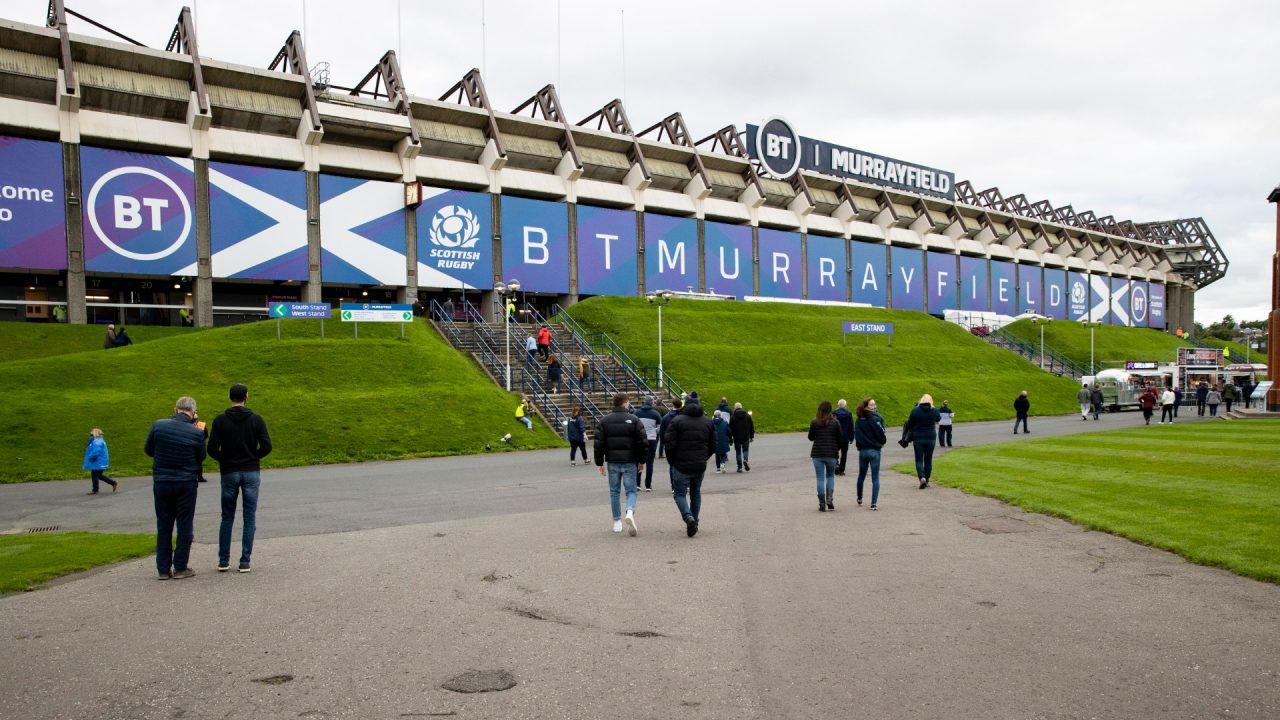 SNS Group
SNS Group

